Carl Van Vechten Art Gallery
Introduction
Text-to-speech Audio
Images
Carl Van Vechten Art Gallery at Fisk University (image from Fisk University)
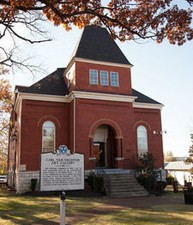
Inside the gallery (image from Explore Nashville Art)
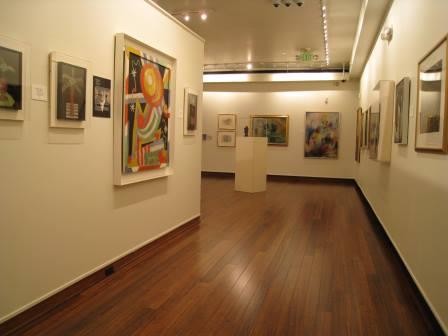
One of the many Alfred Steilglitz photographs in the gallery: "Terminal," 1893 (image from Wikimedia)
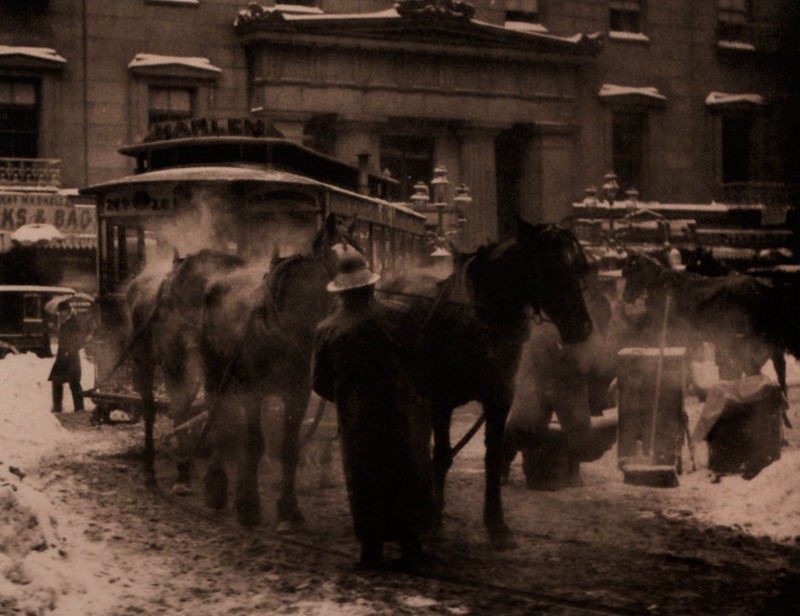
Fisk student Edythe Paulin with Georgia O'Keeffe and Carl Van Vechten (image from Fisk University's Franklin Library)
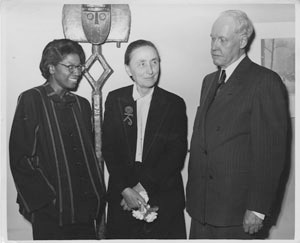
Carl Van Vechten Art Gallery historic marker (image from Historical Marker Database)
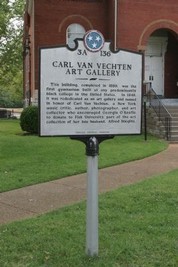
Backstory and Context
Text-to-speech Audio
History of the Building and Collections
A group of students raised money to fund the Fisk Gymnasium, initially by asking for donations from Nashville businessmen. When they came up short, a fundraising quartet was formed by four students, with another two students serving as agent and manager for the group. In addition to raising money, the group also brought the attention of Northern donors to the effort. The Gymnasium was constructed, and opened its doors in 1889; it was the first gymnasium on any predominantly African American college campus in the United States [3; 4].
New York philanthropist Carl Van Vechten made a donation of a different kind to the university in the 1940s. Van Vechten—a dance and music critic, racially controversial novelist and agent to Gertrude Stein, and art collector—was also a portrait photographer of New York society members, artists, and theatrical celebrities. He was also a patron of the Harlem Renaissance and a strong supporter of African American culture, and donated 400 of his portraits to Fisk University in 1946 [1; 2; 5]. Furthermore, he encouraged his friend, painter Georgia O'Keeffe, to donate to Fisk. O'Keeffe, executor of the estate of her late husband, art collector and acclaimed photographer Alfred Stieglitz, donated works to six institutions, including the Metropolitan Museum of Art in New York, the Art Institute of Chicago, The National Gallery of Art in Washington, The Philadelphia Museum of Art, the Library of Congress, and, thanks to Van Vechten's suggestion, Fisk University. In 1949, the university received its Stieglitz Collection, including African art as well as works by Picasso, Cezanne, Renoir, Toulouse-Lautrec, Charles Demuth, Marsden Hartley, John Marin, Diego Rivera, and Arthur Dove, as well as works by Stieglitz and O'Keeffe themselves [2; 5]. The collection found its home in the former gymnasium, which was renamed the Carl Van Vechten Art Gallery [2; 5].
Historic Marker Inscription:
This building, completed in 1889, was the first gymnasium
built at any predominantly Black college in the United States. In 1949, it was
rededicated as an art gallery and named in honor of Carl Van Vechten, a New
York music critic, author, photographer, and art collector who encouraged
Georgia O'Keefe to donate to Fisk University part of the art collection of her
late husband, Alfred Stieglitz [4].
